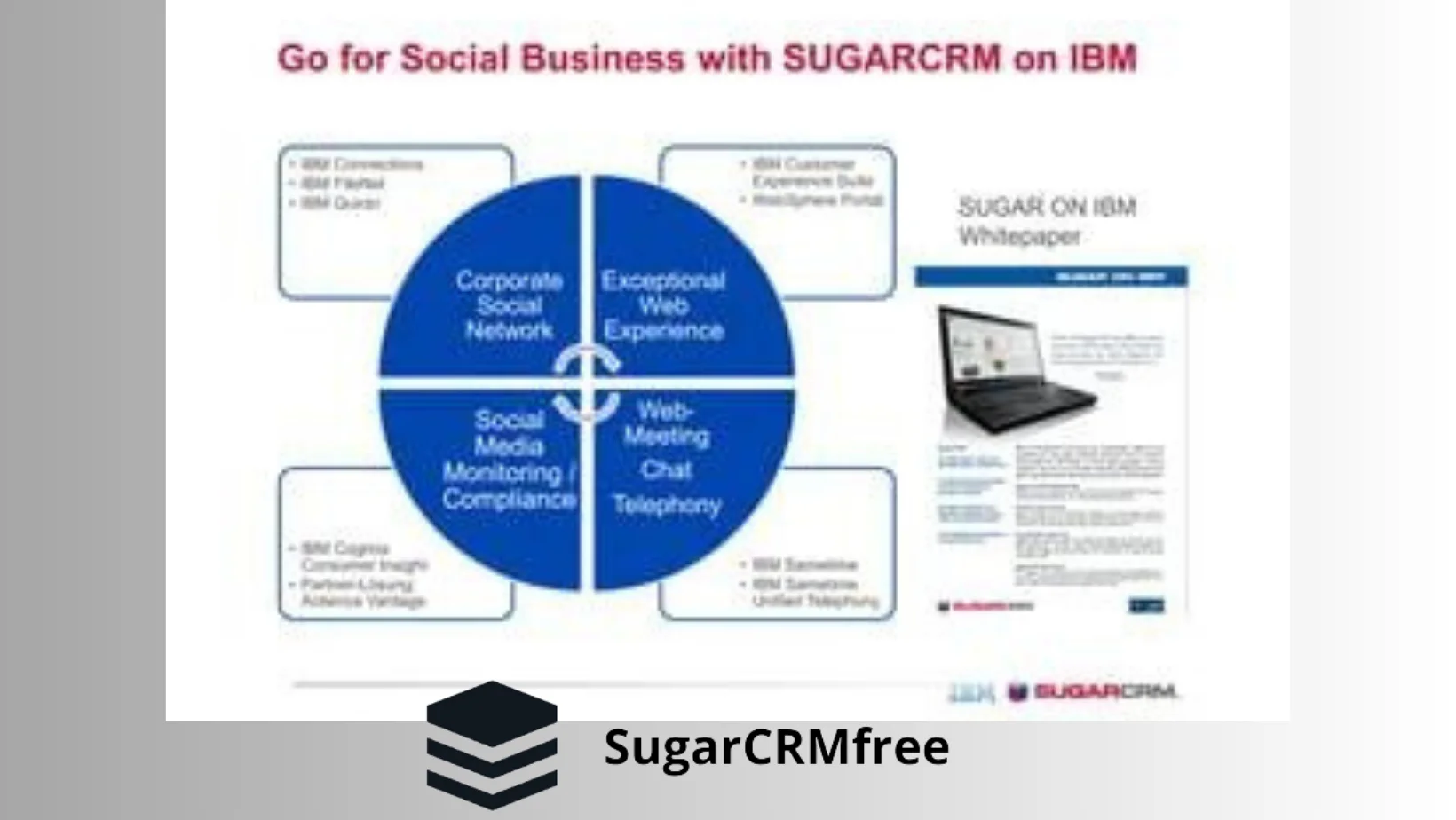The decision for a tech giant like IBM to transition from Siebel to SugarCRM is significant and requires a deep dive into the motivations behind such a strategic move. In this article, we’ll uncover the reasons why IBM made the shift, shedding light on the advantages that led to the adoption of SugarCRM.
Why IBM Dropped Siebel:
1. Flexibility and Customization:
- SugarCRM’s open-source nature offers unparalleled flexibility and customization options. IBM sought a CRM solution that could be tailored to fit its unique business processes seamlessly.
2. Cost-Effectiveness:
- Cost considerations play a crucial role in enterprise decisions. SugarCRM’s pricing model, often more cost-effective than Siebel’s, made it an attractive choice for IBM, providing a robust solution without compromising the budget.
3. User-Friendly Interface:
- SugarCRM boasts an intuitive and user-friendly interface. The shift from Siebel to SugarCRM was driven, in part, by the desire to enhance user experience and increase overall user adoption across IBM teams.
4. Open-Source Community Support:
- The active and engaged open-source community surrounding SugarCRM appealed to IBM. Leveraging community-driven enhancements and features contributed to a more dynamic and evolving CRM ecosystem.
5. Integration Capabilities:
- Seamless integration with other IBM systems and third-party applications was a pivotal factor. SugarCRM’s integration capabilities ensured a smooth transition without disrupting existing workflows.
Advantages of Implementing SugarCRM:
1. Enhanced Customization:
- SugarCRM’s modular architecture allows for extensive customization, aligning the CRM precisely with IBM’s business requirements and workflows.
2. Scalability:
- As a company of IBM’s scale continues to grow, scalability becomes paramount. SugarCRM’s scalability ensures that the CRM system can evolve seamlessly with the changing needs of IBM.
3. Streamlined User Adoption:
- SugarCRM’s user-friendly interface and intuitive design contribute to increased user adoption. IBM employees can navigate the CRM system more efficiently, boosting productivity.
4. Comprehensive Customer Insights:
- SugarCRM provides robust analytics and reporting tools, offering IBM valuable insights into customer behavior, sales performance, and marketing ROI.
Conclusion:
IBM’s transition from Siebel to SugarCRM represents a strategic move to embrace a more flexible, cost-effective, and user-friendly CRM solution. By understanding the motivations behind this shift, businesses can gain insights into the evolving landscape of CRM choices within the enterprise sector. As SugarCRM continues to prove its value, other enterprises may find inspiration in IBM’s journey towards a more adaptable and dynamic customer relationship management platform.

